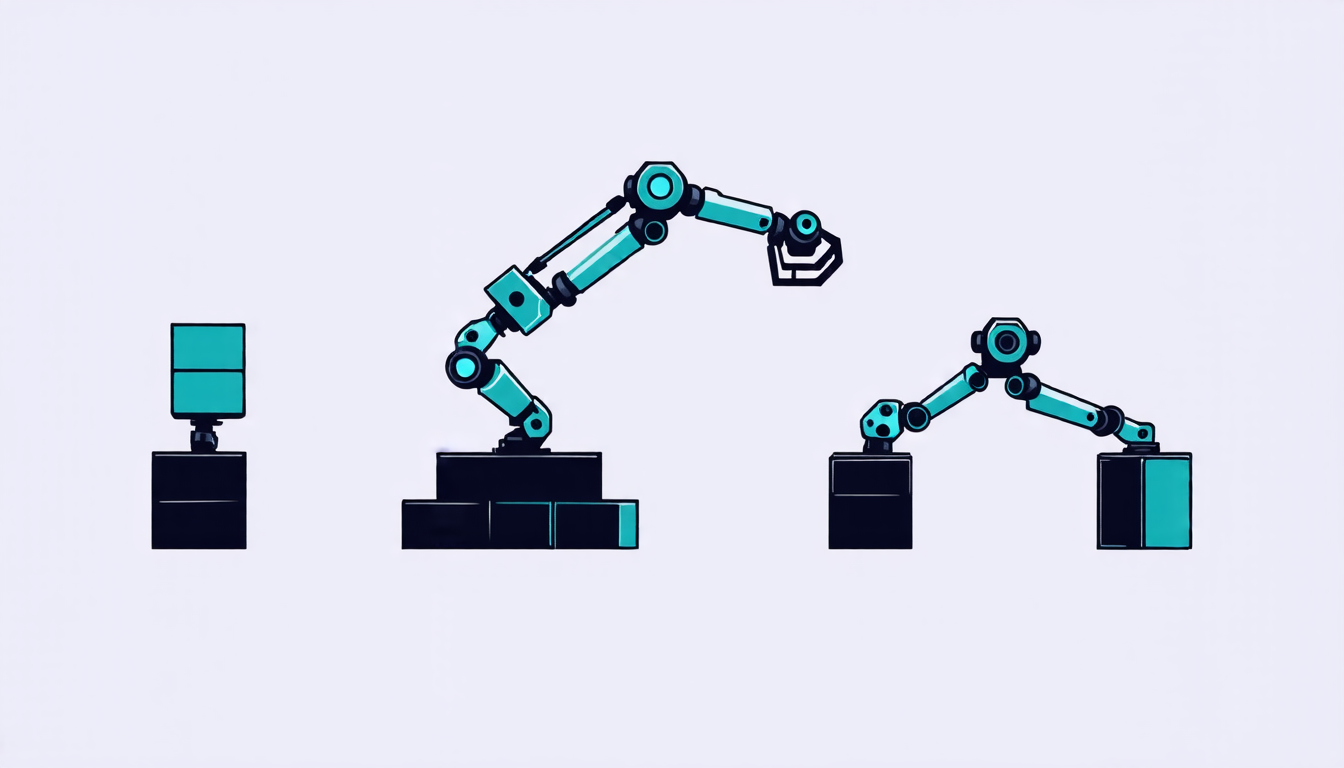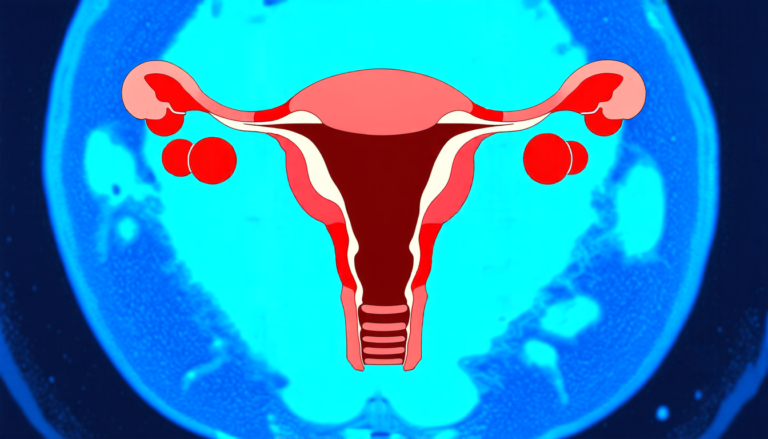Monday 07 April 2025
In a breakthrough that could revolutionize our ability to learn and adapt, scientists have developed a new method for embedding automata – abstract mathematical models of computation – into neural networks. This innovative approach enables machines to learn complex tasks by conditioning on formal specifications, such as temporal logic formulas.
Traditionally, artificial intelligence systems are trained using large datasets and reinforcement learning algorithms. However, these methods often struggle with tasks that require complex temporal reasoning or domain-specific knowledge. The new technique, developed by a team of researchers from the University of California, Berkeley, addresses this limitation by leveraging automata theory to define formal specifications for tasks.
The key insight behind this approach is that automata can be used as a means of task specification, enabling machines to learn optimal policies for complex tasks. By embedding these automata into neural networks, the system can reason about temporal logic formulas and make decisions based on these specifications.
One of the most significant advantages of this method is its ability to handle temporally extended objectives, which are notoriously difficult to tackle using traditional reinforcement learning techniques. This capability is particularly important in applications such as robotics, where machines need to perform tasks that involve complex sequences of actions over extended periods of time.
The researchers demonstrated the effectiveness of their approach by applying it to a range of challenging tasks, including robot control and planning. In each case, the system was able to learn optimal policies for the task at hand, often outperforming traditional reinforcement learning algorithms.
This breakthrough has significant implications for the development of artificial intelligence systems that can operate in complex, dynamic environments. By enabling machines to reason about formal specifications and make decisions based on these specifications, this approach could pave the way for more sophisticated and flexible AI systems.
The researchers are already exploring ways to further develop and refine their technique, with potential applications in areas such as natural language processing and computer vision. As this technology continues to evolve, it is likely to have a profound impact on our ability to build intelligent machines that can operate effectively in a wide range of environments.
In the coming years, we can expect to see significant advances in the development of artificial intelligence systems that are capable of complex reasoning and decision-making. The potential implications of this technology are vast, and it will be exciting to see how researchers continue to push the boundaries of what is possible with AI.
Cite this article: “Unlocking Optimal Policy Learning with Provably Correct Automata Embeddings”, The Science Archive, 2025.
Artificial Intelligence, Neural Networks, Automata Theory, Temporal Logic, Formal Specifications, Reinforcement Learning, Robot Control, Planning, Natural Language Processing, Computer Vision







